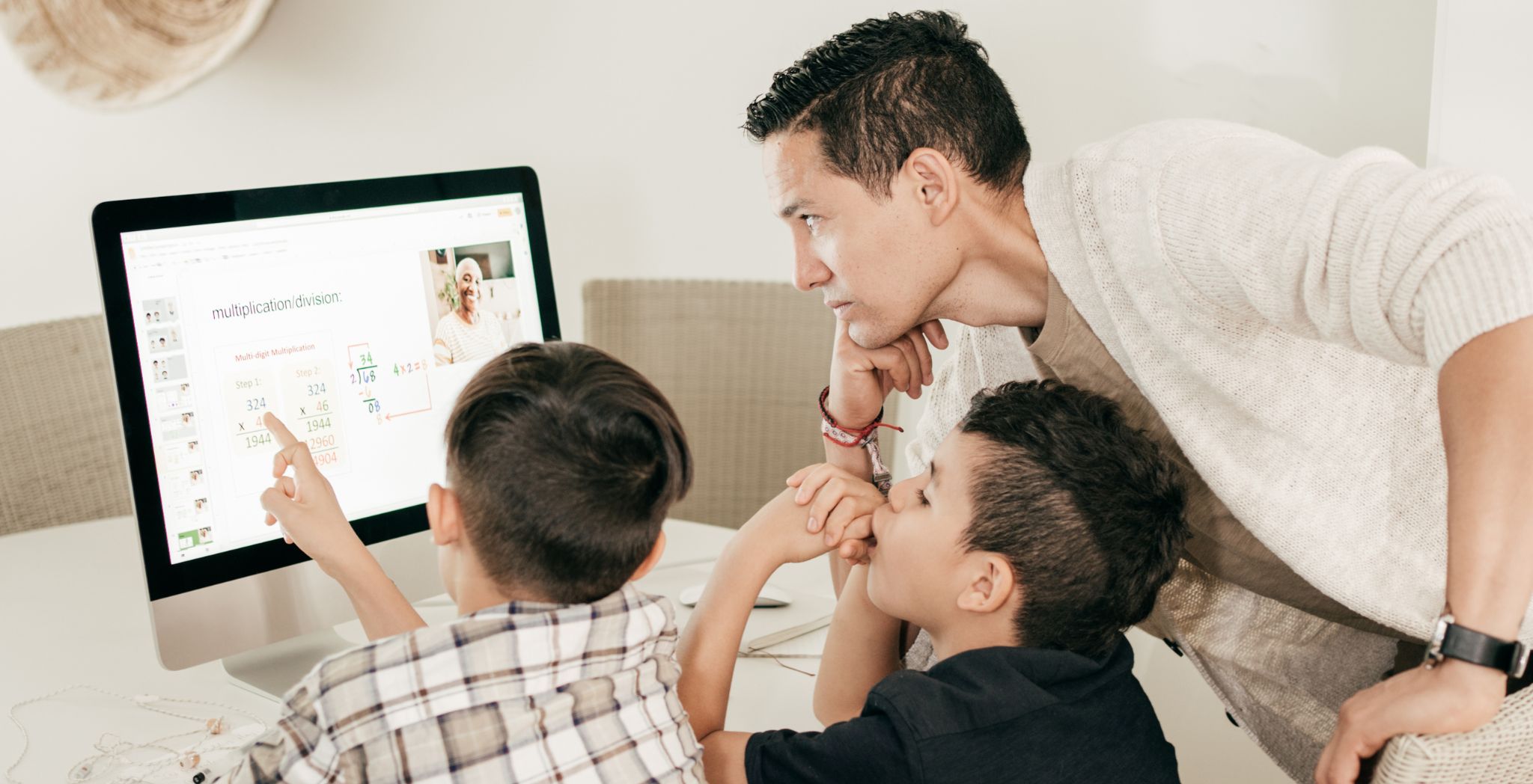
In today’s world, learning doesn’t always mean sitting in a traditional classroom. Distance learning is a fantastic way for students to explore new opportunities in education without being tied to a physical location. At Faith Christian School of Distance Education Australia, students can embark on an exciting journey of learning right from their homes.
What is Distance Learning?
Distance learning is like bringing the classroom to you, wherever you are. Instead of going to a school building every day, students can use technology like computers and the internet to connect with teachers and classmates. It’s a bit like having your own personal school on your computer!
Characteristics of Distance Learning

Here are the characteristics of distance learning, with keywords bolded:
1. Flexibility
One of the most significant features of distance learning is its flexibility. Students can choose when to study and go at their speed. You can choose when to study, whether you are an early riser or a night owl. This flexibility allows students to balance studies with other commitments like work or family responsibilities.
2. Accessibility
Distance learning makes education accessible to a wider range of students. Regardless of geographical location, students can access high-quality education right from home. This is particularly beneficial for those living in remote areas or unable to attend traditional schools due to health or mobility issues.
3. Technology Integration
Distance learning heavily relies on technology to facilitate teaching and learning. Students can utilise computers, the internet, and different software applications to reach learning materials, engage in discussions, hand in assignments, and interact with teachers and peers. Embracing technology enhances the learning experience and prepares students for the digital world.
4. Self-Directed Learning
Distance learning promotes self-directed learning, where students take responsibility for their education. Without the immediate presence of a teacher, students must manage their time effectively, set goals, and stay motivated to succeed. This autonomy fosters independence and critical thinking skills, which are valuable beyond the classroom.
5. Diverse Learning Resources
Distance learning offers access to diverse learning resources. From e-books and online articles to multimedia presentations and interactive simulations, students have many materials at their fingertips. This variety allows for personalised learning experiences tailored to individual interests and learning styles.
6. Collaborative Opportunities
Distance learning encourages collaboration among students and teachers despite physical distance. Virtual classrooms, discussion forums, and group projects facilitate interaction and teamwork. Through online communication tools, students can share ideas, provide feedback, and engage in meaningful discussions, fostering a sense of community and connection.
7. Assessment and Feedback
Distance learning employs various assessment methods to evaluate student progress. Online quizzes, exams, essays, and projects allow teachers to gauge understanding and provide timely feedback. This ongoing assessment helps students identify areas for improvement and promotes continuous learning.
8. Support Services
Distance learning institutions offer support services to assist students throughout their educational journey. This includes access to academic advisors, tutoring services, technical support, and counselling resources. These support systems guarantee that students get the help required to conquer obstacles and excel academically.
What are the Different Types of Distance Learning?

There are a few different types of distance learning:
1. Online Schooling
In online schooling, all the learning happens online. Students access their lessons, assignments, and resources through a digital platform. They can interact with teachers and classmates through video calls, discussion forums, and emails. It’s like bringing the classroom to your computer or tablet!
2. Correspondence Courses
Correspondence courses involve students receiving learning materials via email and returning their completed work for assessment. This type of distance learning allows students to work at their own pace and schedule without needing to be online at specific times. It’s a bit like having a pen pal, but you’re exchanging assignments and feedback instead of letters.
3. Blended Learning
Blended learning combines traditional classroom teaching with online learning. Students attend some classes in person and complete others online. This approach offers the benefits of face-to-face interaction with teachers and peers and the flexibility of online learning. It’s a great option for those who enjoy a mix of learning environments.
4. Synchronous vs. Asynchronous Learning
In synchronous learning, students and teachers interact in real-time, just like in a traditional classroom setting. This could involve live video lectures, group discussions, or virtual classrooms. Asynchronous learning enables students to access learning materials and finish assignments according to their own schedule. There’s no need to be online at specific times, giving students more flexible schedules.
These are just a few examples of the different types of distance learning. Each approach has different benefits and challenges, and the best option for a student depends on their learning style, preferences, and goals. No matter which type you choose, distance learning at a Christian school Australia offers flexibility and quality education right from your own home.
Modern Distance Learning
Today, distance learning is more exciting than ever, thanks to modern technology. With video calls, interactive websites, and even virtual reality, students can have immersive learning experiences without leaving home. At Faith Christian School of Distance Education, students can participate in virtual classrooms, chat with teachers in real-time, and collaborate with classmates on projects – all from the comfort of their own space.
Advantages of Online Schooling
There are so many advantages to online schooling. For starters, it’s super convenient. You can say goodbye to long commutes and rushing to catch the bus. Plus, online schools often offer many courses and extracurricular activities that might not be available at traditional schools. Since everything happens online, you’ll gain valuable tech skills that will be incredibly handy down the road. Read more to know about advantages of online schooling.
Distance Learning in Australia
Australia is a big country with lots of wide-open spaces. That can make it tricky for some students to get to school every day. But with distance learning, geography is no longer a barrier to education. Whether you live in a bustling city or a remote outback town, you can access high-quality education from your computer.
Conclusion
Distance learning at Faith Christian School of Distance Education opens up a world of possibilities for students. With its flexible schedules, modern technology, and focus on quality education, students can thrive and succeed no matter where they are. So, if you’re looking for a new way to learn, why not try distance learning? It could very well be the solution to discovering your complete capabilities!
